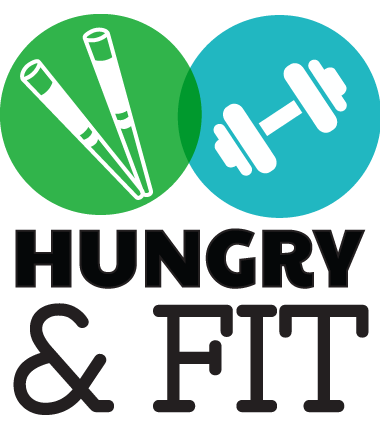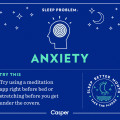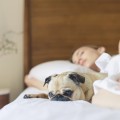We’ve heard many times that technology is bad for our sleep. We definitely agree that this is sometimes the case. For example, using your laptop or smartphone right before bedtime can affect the quality of sleep because of the blue light emitted by these devices.
Sadly, research shows that around 95% of people use technology within an hour before bed.
However, technology can also help us improve both the quantity and the quality of our sleep. Scientists around the world work tirelessly night and day to develop intelligent technological solutions that can combat common sleep disorders.
Here is a list of the most incredible ones we have found. If you suffer from any of these sleep problems, make sure to test the solutions.
Please include attribution to disturbmenot.co with this graphic.
1. Circadian Rhythm Sleep Disorders
Your circadian rhythm is basically a biological clock telling you when to fall asleep and when to wake up. People suffering from CRSD usually have irregular or uncommon sleeping patterns. These disorders can be caused by alcohol, nasal problems, mouth anatomy, and other issues.
Around 40% of people with a family history of CRSD also develop this disorder.
You should give these tech solutions a try if you have it:
- Swanwick Sleep Swannies – A pair of glasses that block blue light and promote sleep.
- SmartSleep – A wearable headband that measures your sleep metrics and helps you develop better sleeping patterns.
- Circadian Optics Lumine – This device shines with the power of 10,000 LUX and helps combat CRSD, fatigue, and winter blues.
2. Teeth Grinding (Bruxism)
Bruxism is a condition that affects a large number of people. It involves audible grinding or clenching of the teeth, which can affect both the quality of your sleep and the health of your teeth.
It usually happens when a person becomes excited during sleep and is more common in children than in adults.
These are the high-tech treatments you should consider:
- Bruxi – This is a high-tech mouth guard equipped with sensors that measure the force applied by the jaw.
- BruxRelief – This device uses sensors which notice when you start grinding your teeth and alert you to stop doing it.
- SleepGuard – It works on the level of your subconscious mind to stop you from clenching your teeth.
3. Nightmares
It is believed that nightmares commonly affect children, but they are experienced by a large number of adults as well. They can be caused by numerous factors, including smoking, alcohol, trauma, stress, anxiety, and so on.
Unfortunately, almost everyone experiences nightmares at some point in their lives.
Luckily, you can use technology to have better dreams.
- The ReScript Treatment – A VR treatment that helps people gain control over intrusive negative imagery.
- Smart Pajamas – Phyjama is a pajama with sensors which monitor sleep position, breathing, and heartbeat to find out when we experience nightmares.
- Smart Pillow – A pillow that can always stay hot or cold and prevent nightmares.
4. Sleepwalking
Sleepwalking might seem scary or supernatural, but it is actually nothing more than a sleep disorder. It lasts between five and 15 minutes and happens during the deep sleep phase. It can be caused by a lot of factors and is usually experienced by children. However, 3.6% of Americans are also prone to it.
The most useful tech solutions for sleepwalking include:
- Lectrofan – This is a custom-designed white noise that never repeats and prevents sleepwalking.
- Wave Premium Sleep – This device eliminates disturbing external sounds, which might be the cause of sleepwalking.
- Marpac Dohm Classic – This is another white noise machine that was developed in 1962 and definitely works.










